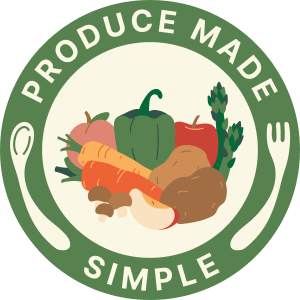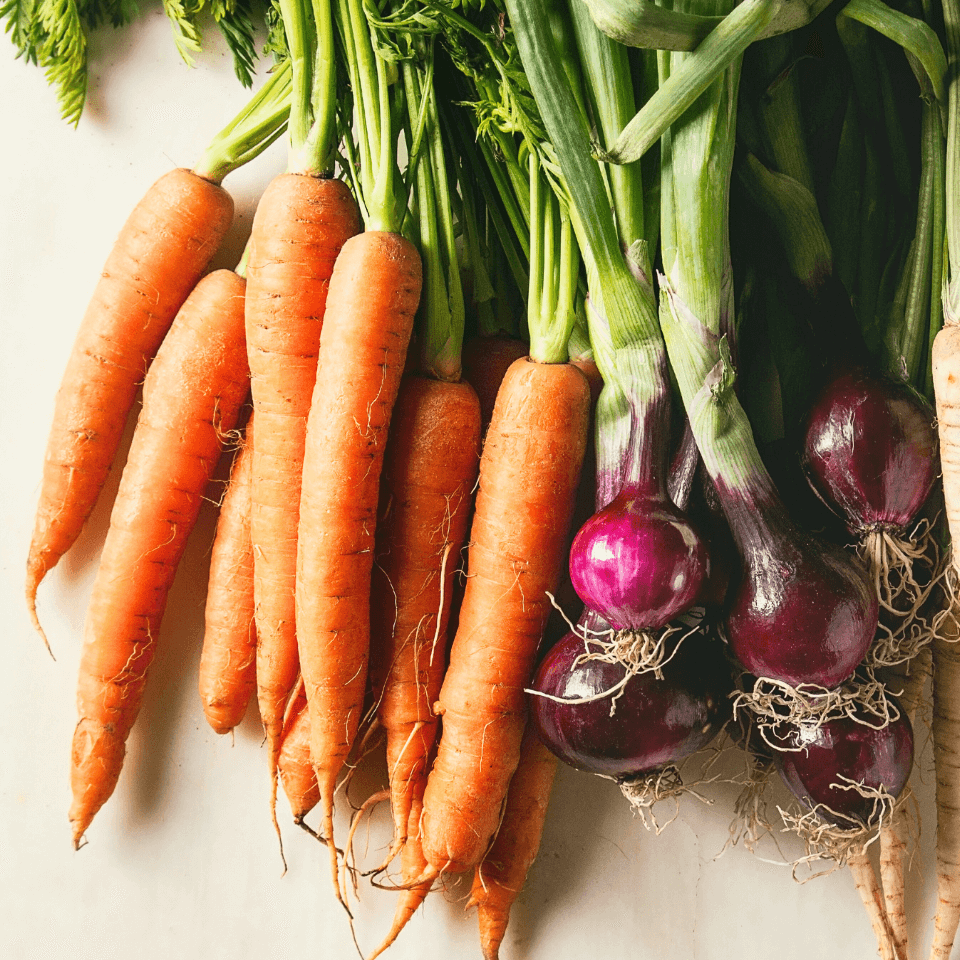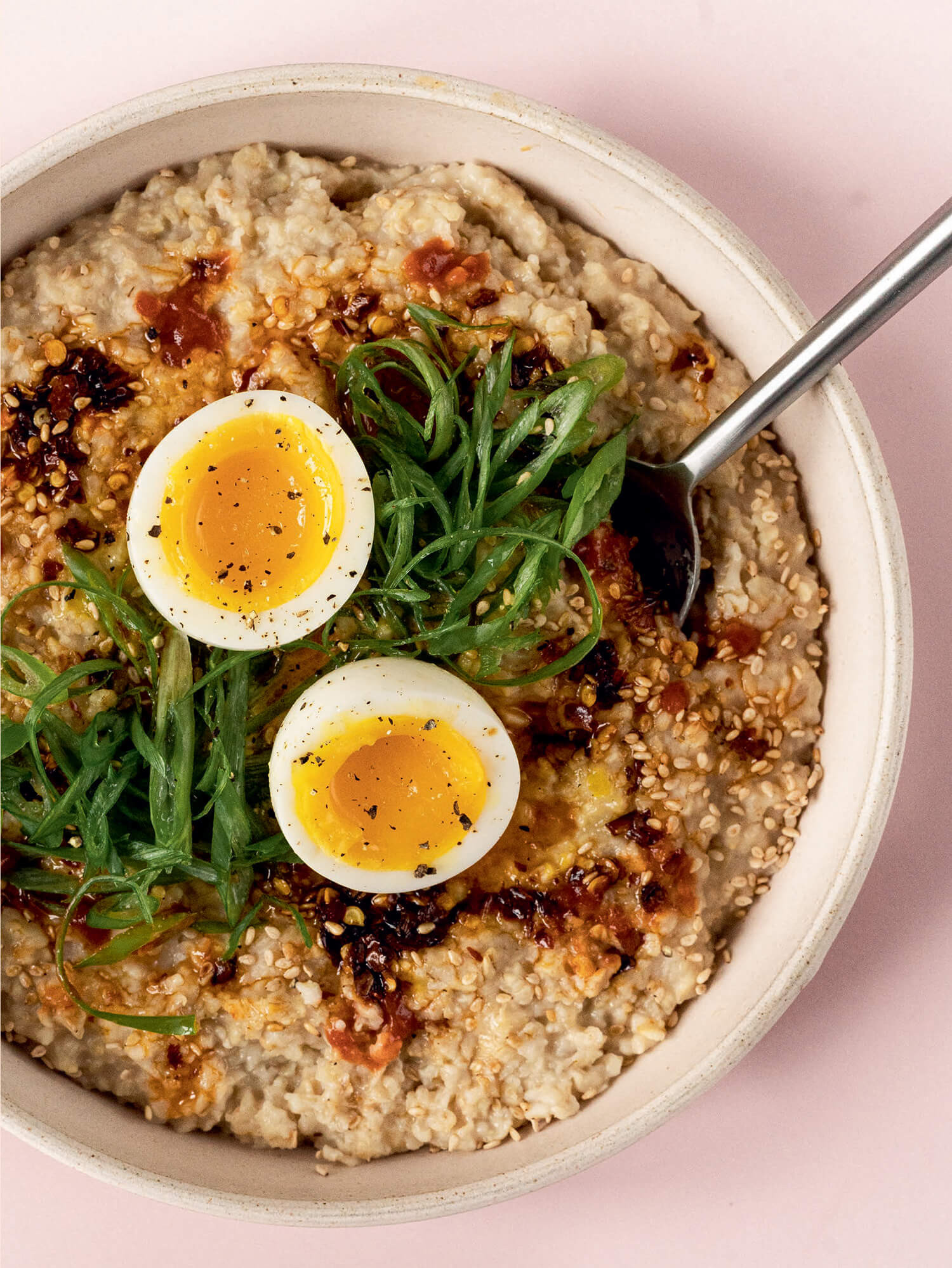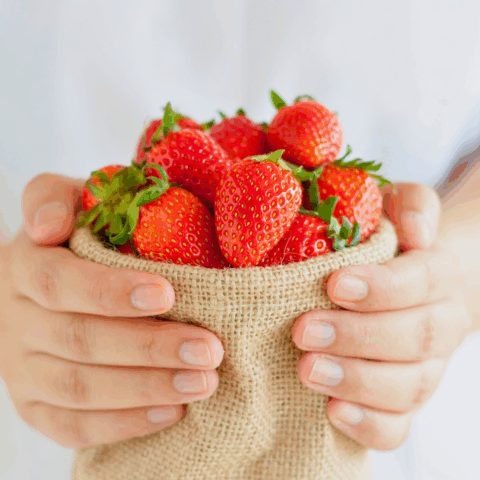Can you imagine cooking without onions or carrots? Capable of starring as a central ingredient or acting as a flavour-enhancing sidekick, these two veggies are staples in kitchens around the world – and in Ontario, the supply is abundant and thriving year-round. Choosing locally-grown produce is an easy way to add freshness and flavour to dishes while lowering your kitchen’s carbon footprint, and these humble ingredients can provide the foundation for countless nourishing, delicious recipes. The best part? Unlocking their potential is easy with a bit of basic know-how (and, of course, a very sharp knife).
We’ve teamed up with Produce Made Simple to deliver a crash course in making the most of Ontario-grown onions and carrots. Read on for tips on buying, storing and cooking with these heavy-lifting ingredients.
What to know about Ontario carrots
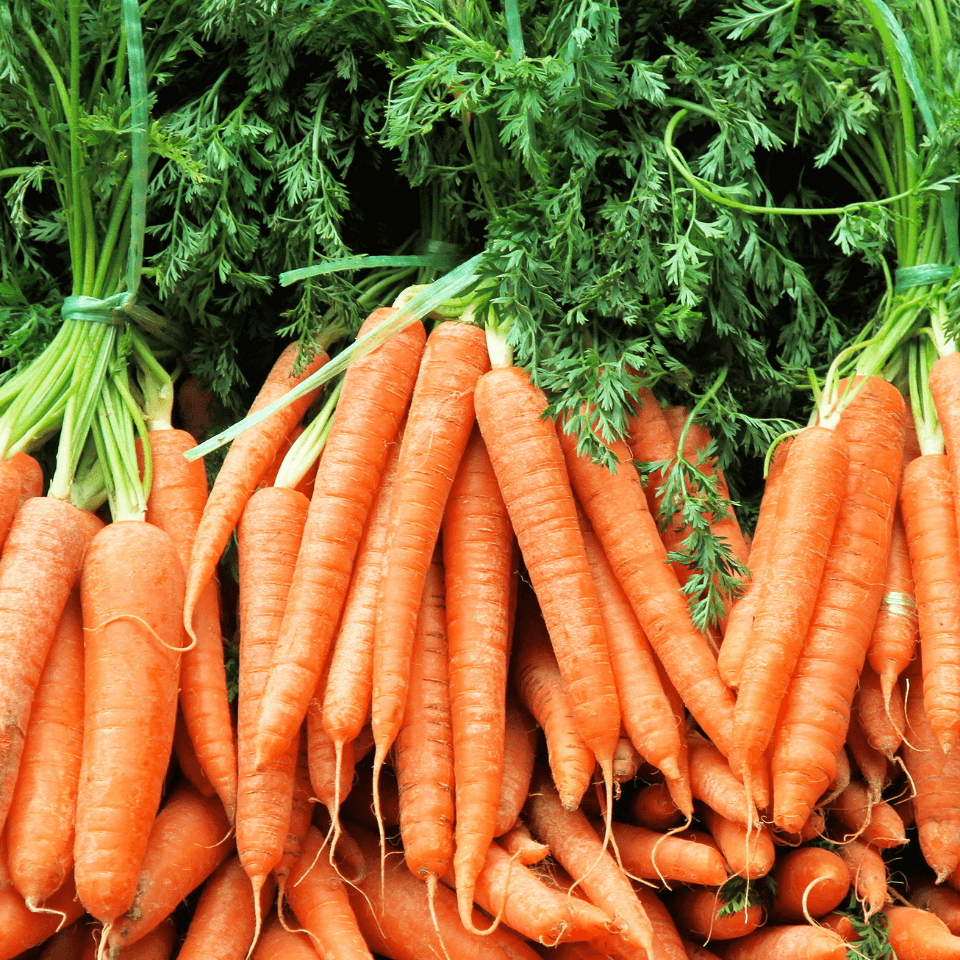
Stellar in savoury soups and sides, as well as sweet desserts (hello, World’s Best Carrot Cake!), this root vegetable is one of the most versatile ingredients to cook with. Though carrots come in many colours (you can find white, yellow, red, purple or black ones), each with their own subtly-distinct taste, orange carrots are by far the most popular variety. They grow best in the cool temperatures of early spring and late fall, when most Canadians are looking for homey, cozy comfort food – but they’re also stellar in salads, juices and on their own paired with a tasty dip.
Ontario carrots are healthy
That old adage about carrots being good for your eyes is true – they’re high in vitamin A, a nutrient essential for good vision. Not only that, carrots are loaded with calcium and bone-supporting Vitamin K.
How to select the most flavourful Ontario carrots
- Fresh carrots should have a deep orange colour and be firm, never cracked.
- Avoid purchasing carrots that are green in colour, as these ones tend to be bitter.
- Avoid buying carrots that are limp or black near the top.
- Choose medium sized carrots that taper at the ends – larger and thicker carrots may be woodier and tougher to eat, while smaller ones may be more tender and bitter.
The two best ways to store Ontario carrots to retain freshness
- Store your carrots in an open or perforated plastic bag in the refrigerator, where they can last for up to two weeks.
- Carrots freeze well – simply peel and chop carrots into bite-sized pieces, then blanch in hot water with a pinch of salt for 3 minutes. Drain pot and submerge carrots into an ice bath for 30 seconds to halt the cooking process, then drain again and arrange in a single layer on a baking sheet to flash freeze. Transfer frozen carrots to an airtight bag or container and use within a year.
Tip for preparing Ontario carrots
- Mature carrots should be washed and peeled. Younger carrots have a thin and tender skin and only need to be washed.
- When cooking carrots, be sure to remember that the smaller the carrot is cut, the faster it will cook. When cooking them with other ingredients, keep in mind that as a hard vegetable, carrots may take longer to cook and should be added prior to softer ingredients.
These sweet and savoury recipes highlight the versatility of Ontario carrots
World’s Best Carrot Cake Recipe
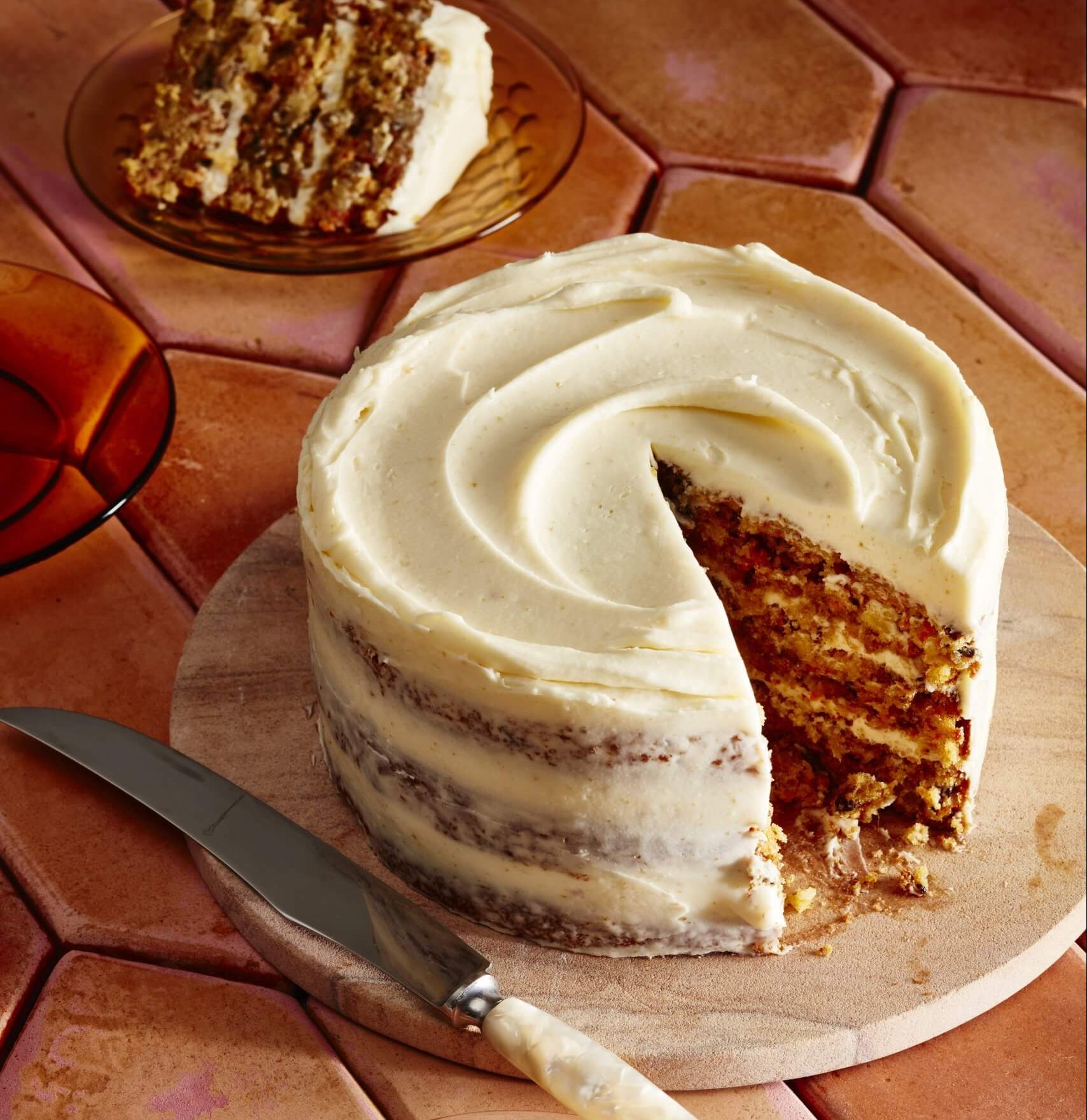
Brown butter adds depth to the cream cheese icing used in this ultimate recipe for carrot cake.
GET THE RECIPE
Roasted Carrot Hummus With Carrot Top Zhoug
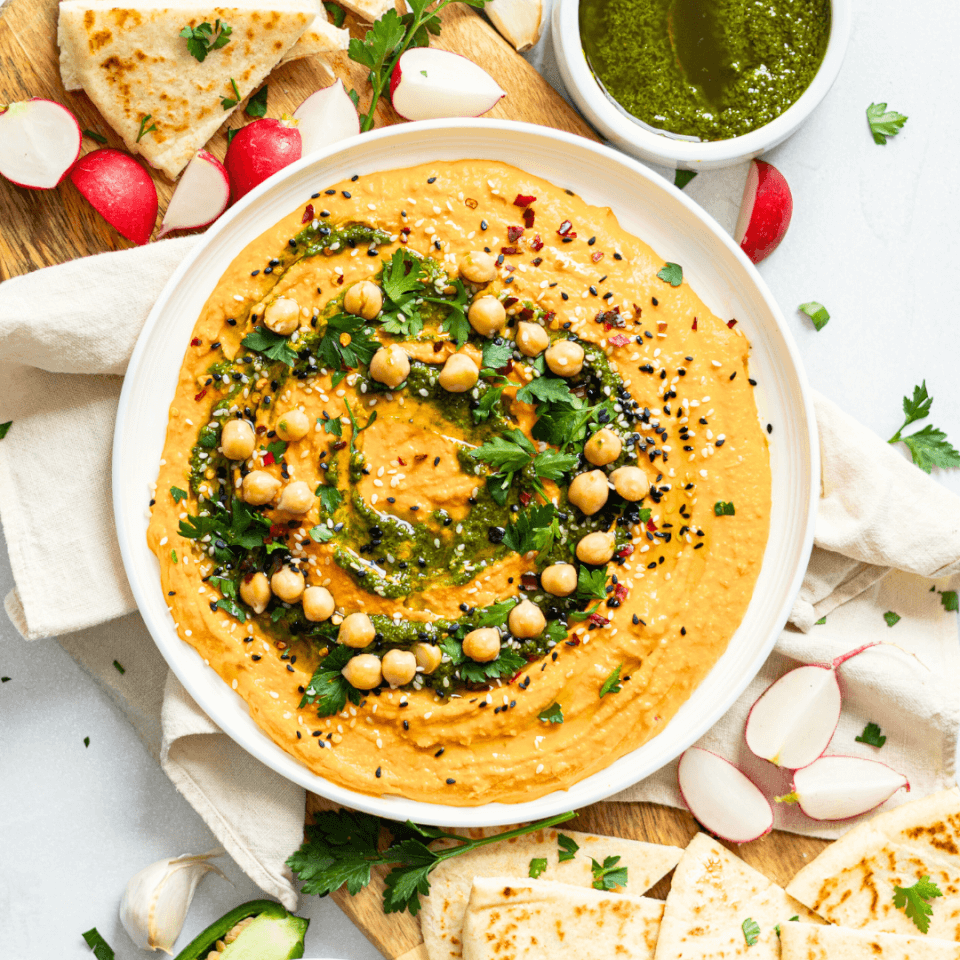
Carrot tops add extra brightness and nutrition to zero-waste zhoug.
GET THE RECIPE
Carrot and Corn Soup
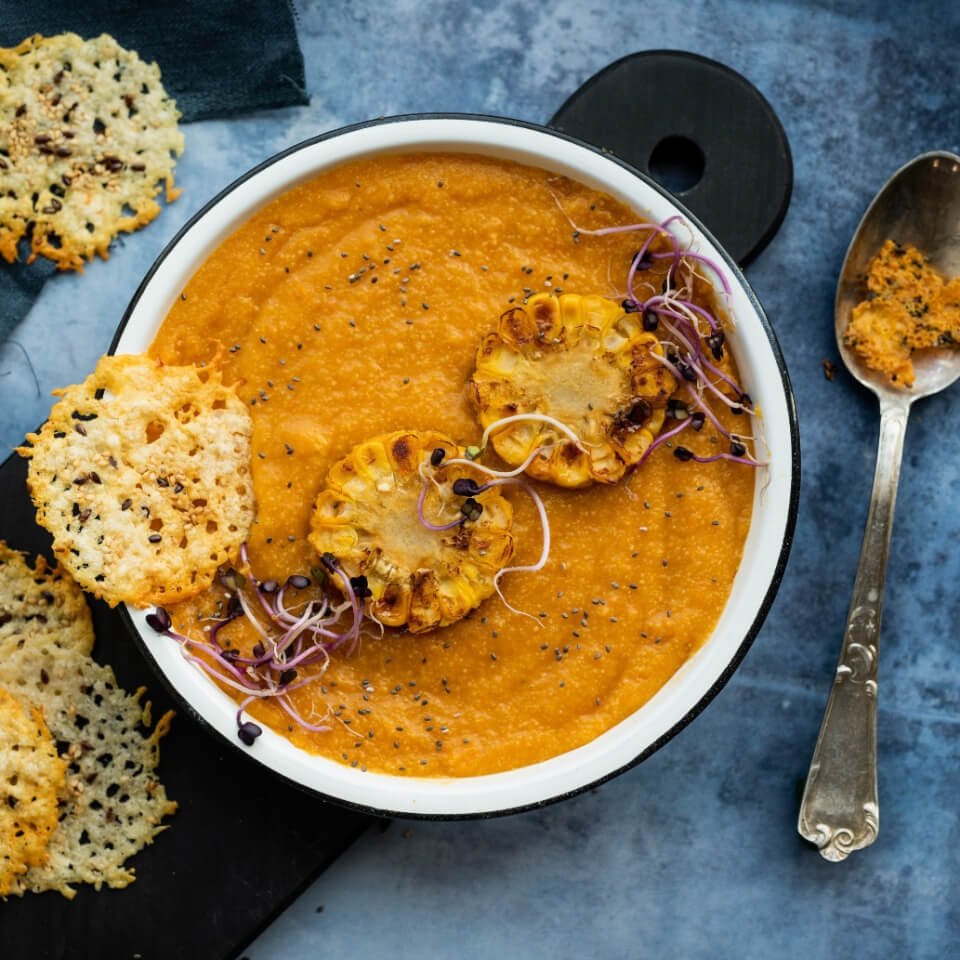
Elevate this simple soup with Parmigiano Reggiano crisps.
GET THE RECIPE
What to know about Ontario onions
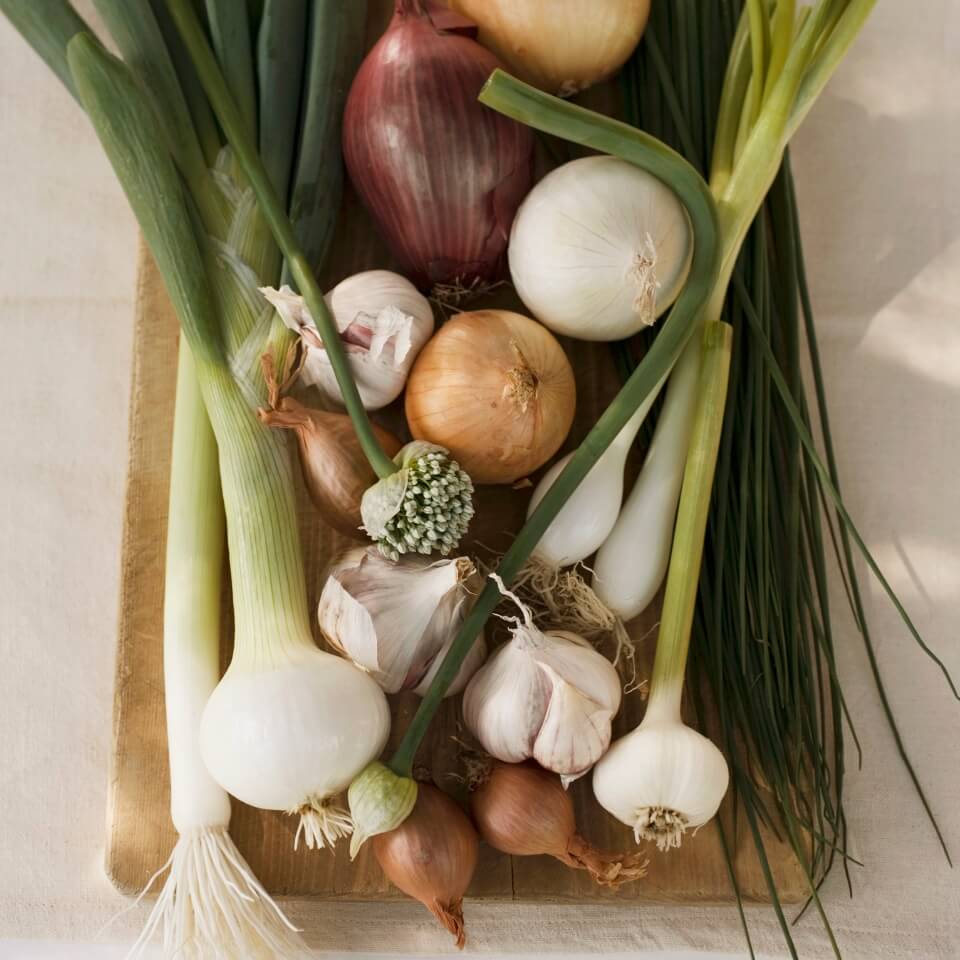
A ubiquitous aromatic and starting ingredient for sauces, stews, soups and other savoury dishes, onions are irreplaceable in most kitchens. There are hundreds of varieties, but the most common in Ontario are yellow cooking onions, red and white onions, green onions (or scallions), as well as pearl onions and shallots (smaller onion varieties that add a slightly sweet-smelling scent and flavour to many sauces and vinaigrettes).
While their ability to enhance dishes is no secret, onions may be more nutritious than many home chefs realize – they’re rich in vitamins, minerals and antioxidants.
How to select and store Ontario onions
Onions have dry, papery skin and vary in size, shape and colour. They should feel firm, and be void of any sprouts forming at the top, powdery patches or black spots on the skins.
All varieties of onions should be stored in a cool and dry space with plenty of ventilation. Although onions have a low rate of respiration, take care not to store them in plastic bags – otherwise they will create a moist environment and perish quickly.
Tips for preparing Ontario onions
To chop an onion like a pro, follow these steps.
- Cut both the top and root ends off the onion. Then, cut in half lengthwise and peel off the paper skin.
- Place the cut side of the onion half down on the cutting board and secure in a stable position using your fingers.
- Slice, dice, chop, quarter or mince as per your recipe directions. (Some chefs say that the finer the cut, the more flavour will be released). Tightly wrap leftovers in plastic wrap, or a reusable alternative, and keep them in your refrigerator – just be sure to use within the week.
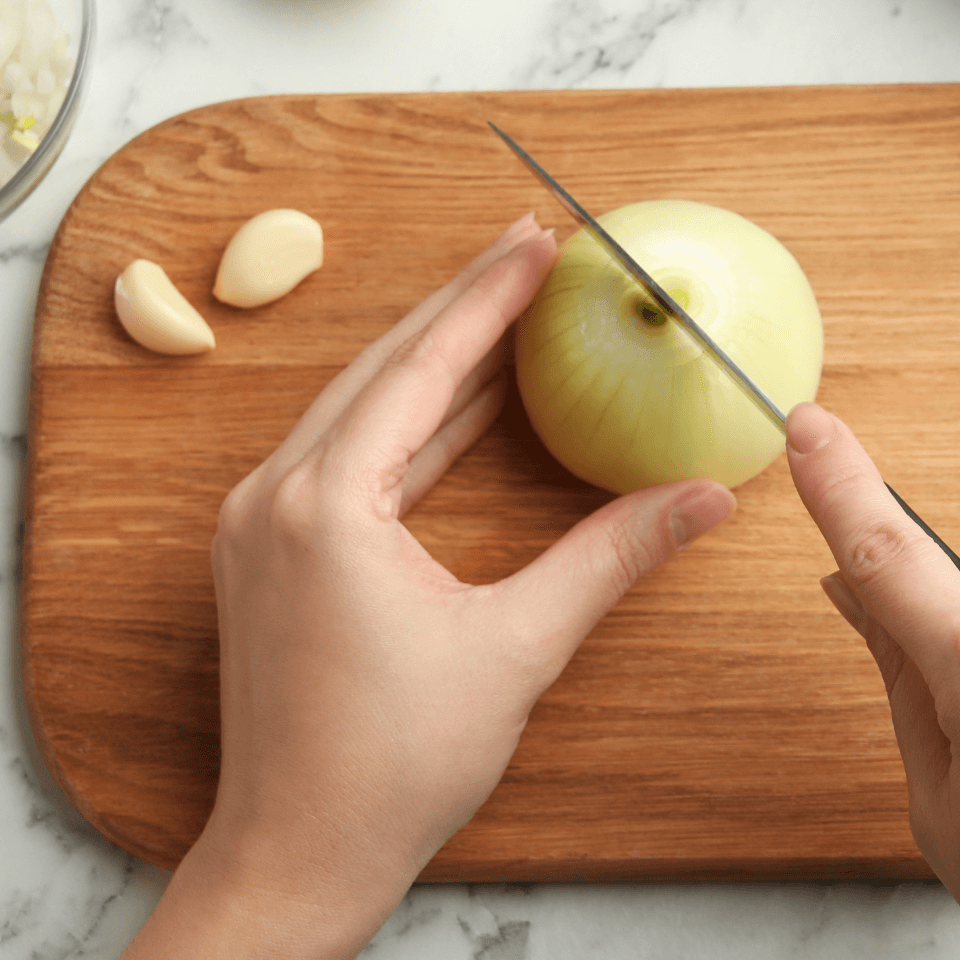
The best way to reduce tears when chopping onions?
Chill your onions in the refrigerator for up to 30 minutes before cutting into them. A cold onion will release less enzymes and chemicals into the air when it’s being cut. Specifically, the Atlantic Eye Institute explains why cutting onions makes your eyes sting: “When you cut into the onion you are releasing this chemical and other enzymes. The reaction that occurs creates a sulfuric acid; when the fumes come into contact with the moisture in your eyes, you will feel a burning sensation.”
These three classic recipes showcase Ontario onions at their best
Caramelized Onion and Wild Mushroom Tart with Thyme

Caramelized red onions are the hero of this easy-to-make puff pastry tart. Earthy mushrooms and fresh thyme add richness and flavour.
GET THE RECIPE
Classic French Onion Soup
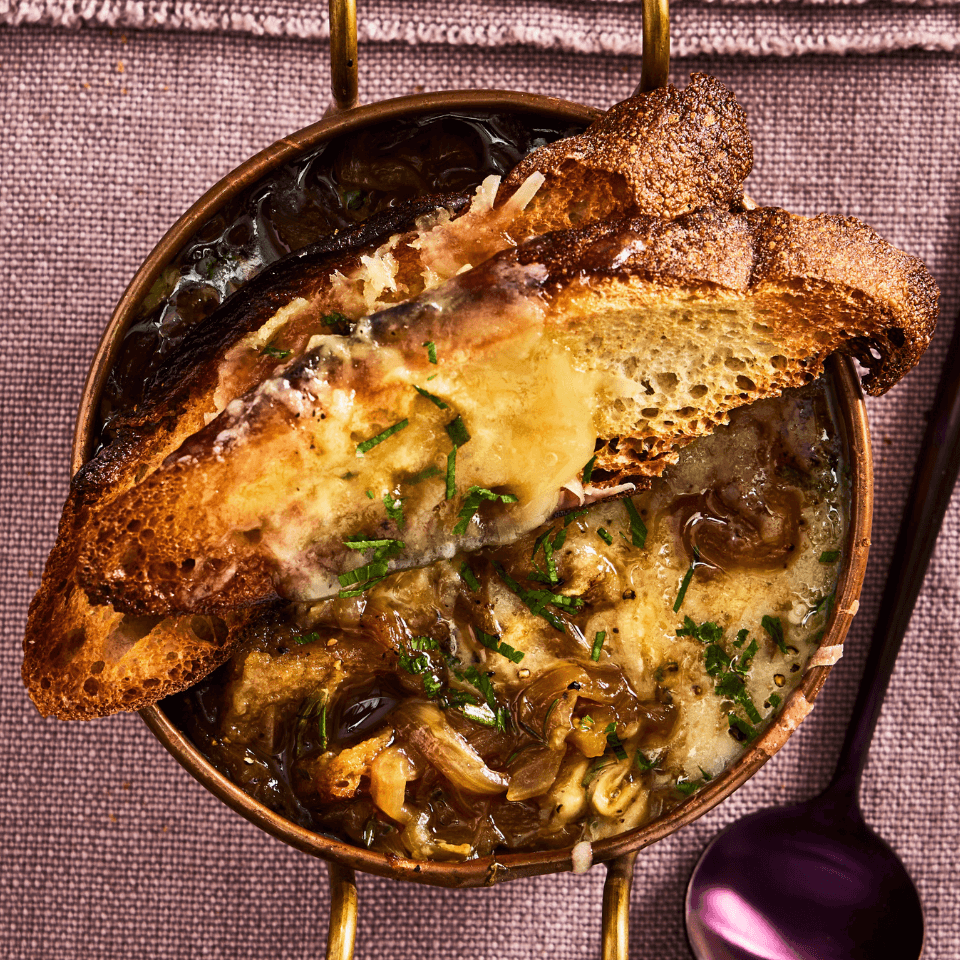
We’ve perfected the formula for this classic comfort food.
GET THE RECIPE
Mary Berg’s French Onion Pot Roast
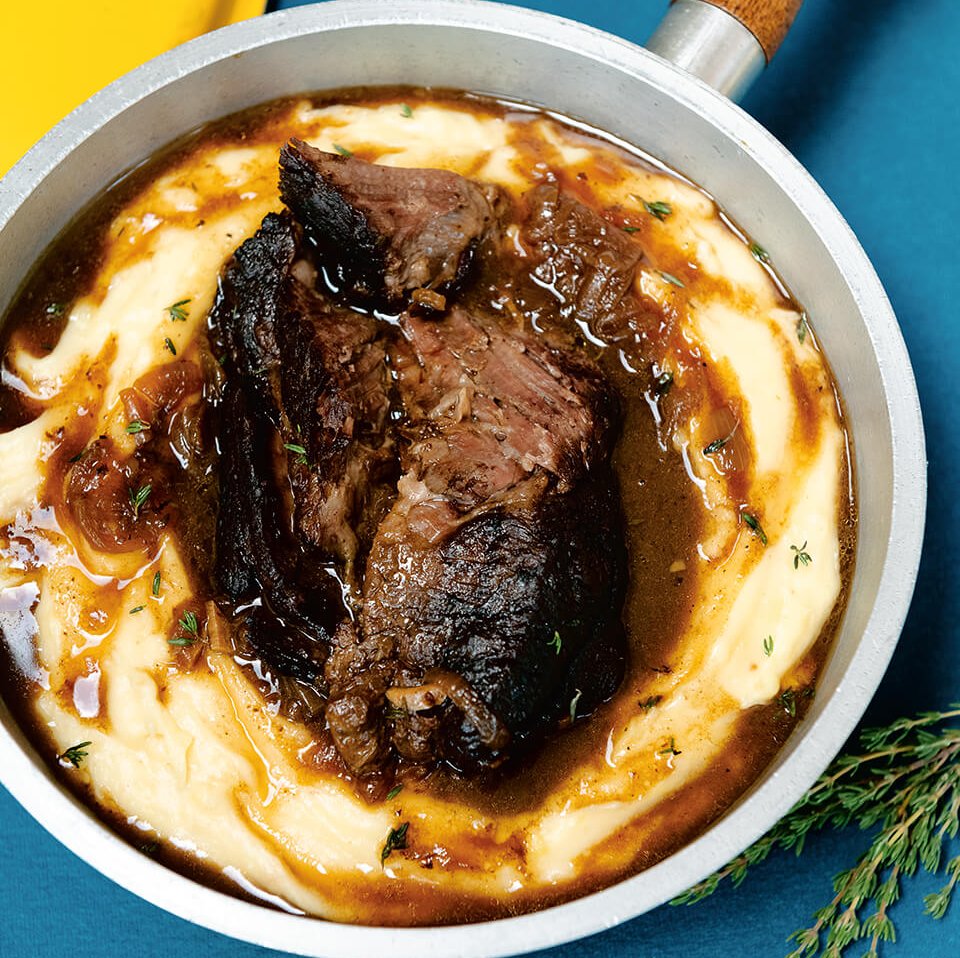
Mary Berg describes this dish as “The ultimate low and slow comfort staple with a little je ne sais quoi.”
GET THE RECIPE
